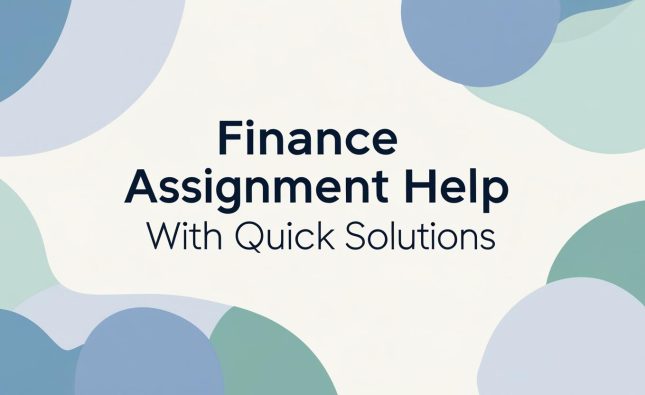
Inflation is like a double-edged sword, it can either drive economic growth or completely destroy it. While mild inflation may signal an expanding economy, high and uncontrollable inflationary pressure poses significant risks to the stability of any nation’s economy. The recent rise in commodity prices due to trade disputes, supply chain disruptions, and geopolitical tensions has brought inflation back into the mainstream limelight. However, it’s not just these isolated factors that threaten price stability; there’s another lurking risk – “tit-for-tat” spiral – which could trigger a devastating cycle of sustained inflationary pressures if left unchecked. In this blog post, we’ll explore what this term means and how you can protect yourself from its effects by understanding the dangers of an uncontrolled spiral!
What is inflation?
Inflation is defined as a sustained increase in the general price level of goods and services in an economy. The main cause of inflation is too much money chasing too few goods. When the money supply grows faster than the output of goods and services, prices will rise.
There are different types of inflation, but the most common is demand-pull inflation. This occurs when there is strong demand for goods and services, leading to higher prices. It can be caused by factors such as population growth, increased consumer spending, or higher government spending.
Cost-push inflation happens when costs go up, leading to higher prices for consumers. This can be caused by factors such as increases in raw materials prices or wage costs.
Both demand-pull and cost-push inflation can lead to a spiral of higher prices, which is sometimes referred to as a “tit-for-tat” spiral. This happens when one round of price increases leads to another, until eventually prices are much higher than they were at the start. This can be damaging to economies, as it can lead to lower economic growth and higher unemployment.
What causes inflation?
Inflation is caused by a variety of factors, but most commonly it is the result of too much money chasing too few goods. When there is more demand for goods than there is available supply, prices go up. Inflation can also be caused by increases in production costs, such as when the cost of raw materials or labor goes up. Additionally, inflation can occur when the government prints too much money or lowers interest rates too dramatically.
Inflationary risks exist when there is a potential for inflation to spiral out of control. This can happen when prices start rising at a faster rate than wages, which can lead to people cutting back on spending and businesses reducing production. Additionally, inflationary spirals can be caused by investors panicking and selling off assets, which can lead to a decrease in demand and further price increases.
How does inflation impact the economy?
Inflation is a general increase in prices and wages, and is usually caused by an increase in the money supply. The link between inflation and the economy is complex, but it essentially comes down to two things: inflationary risks can lead to economic instability, and inflation can reduce the purchasing power of consumers.
Inflationary risks can lead to economic instability because they can cause people to lose faith in the currency. When people lose faith in the currency, they may start hoarding it or investing it in assets such as gold or land, which means that less money is available for productive investments. This can lead to higher interest rates and lower levels of investment, which can eventually lead to a recession.
Inflation can also reduce the purchasing power of consumers. As prices rise, each unit of currency buys fewer goods and services. This means that people’s real incomes fall, as they cannot buy as much with their money. This can lead to lower levels of consumption and economic growth.
What are the dangers of a
Inflationary risks are real and present dangers to an economy. They can occur when two countries start a “tit-for-tat” trade war, where each country tries to outdo the other in terms of tariffs and other economic sanctions. This can quickly lead to an inflation spiral, where prices skyrocket and the purchasing power of currency plummets. This can lead to widespread economic hardship, as people can no longer afford basic necessities. In extreme cases, it can even lead to civil unrest and violence. Therefore, it is important to be aware of these risks when engaging in international trade negotiations.
Conclusion
We hope this article on inflationary risks has helped you understand the dangers of a ‘tit-for-tat’ spiral. Inflation is a powerful force that can destabilize economies and cause serious economic hardship if not properly managed. It is important to stay informed about how inflationary pressures could affect your investments and to pay attention to central banks’ policies as they determine the future direction of interest rates. By understanding the risks associated with inflation, you can make more educated decisions when investing in order to protect your wealth from unexpected losses due to rapid changes in prices or deflation.










